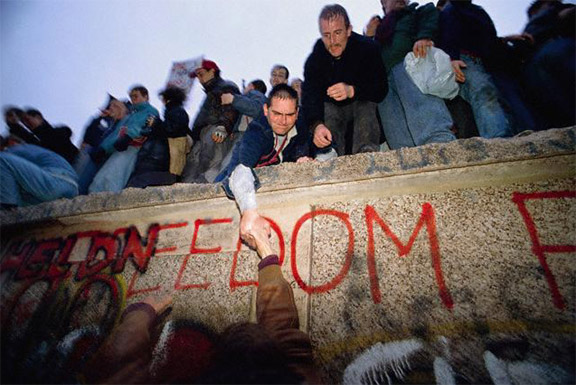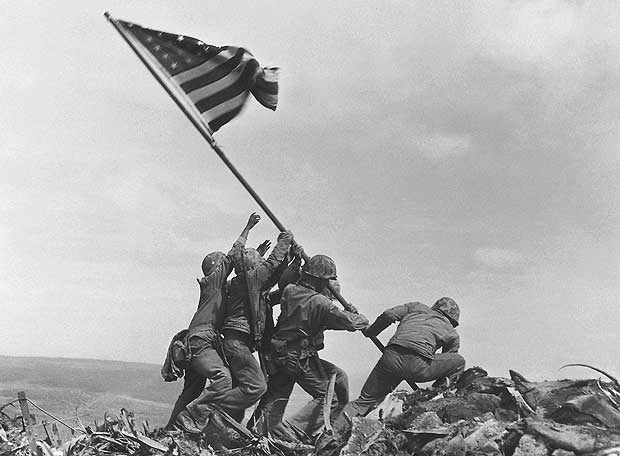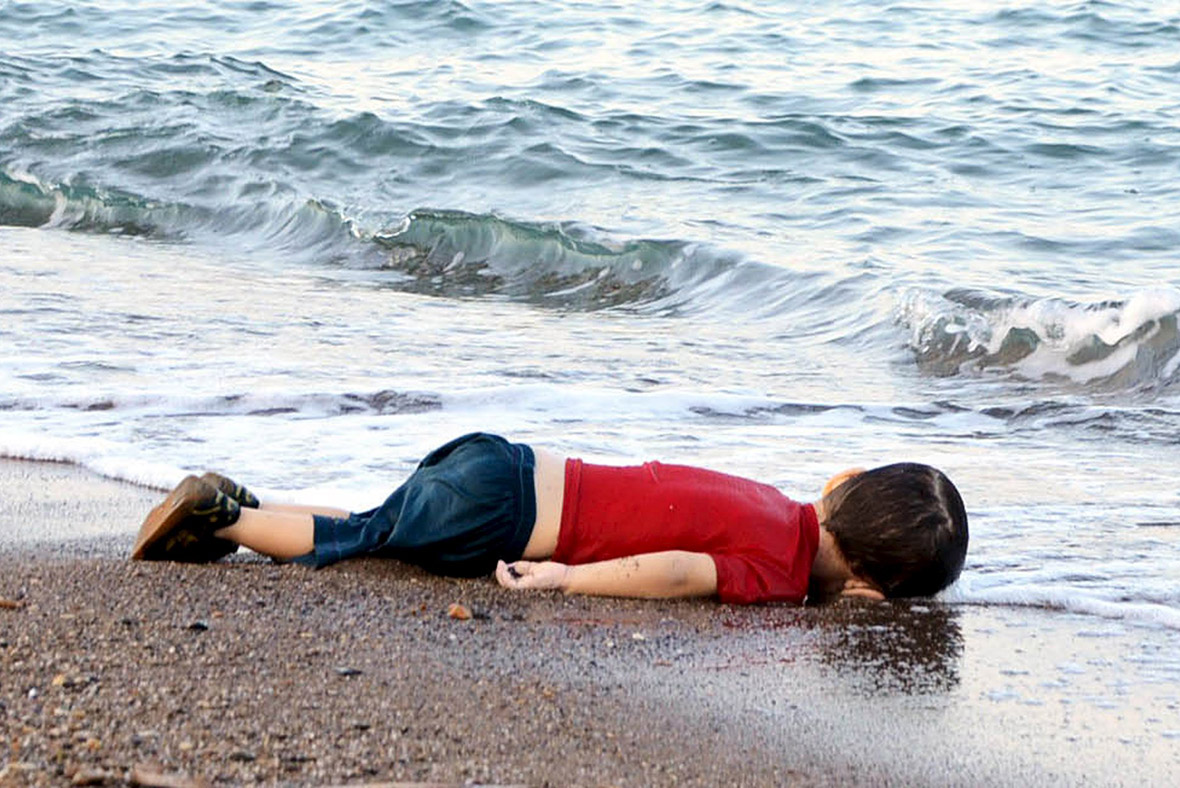Documentary is the recording of observations through film, media, writing and other artistic means. It has been used throughout centuries for many different purposes, ranging from caveman making artistic sketches on cave walls, to the documentation of the most important and significant political events of the 20th and 21st Centuries.
Documentary Photography is the process of making such observations using still image. The photographer (or photojournalist’s) intention is the create a narrative of their experiences and observations. Documentary photography in my opinion is all about conveying a story, whether that be through a series of images that structure a narrative, or through a single image that captivates a powerful message. On the other hand though, it could be argued that all photography is technically documentary, because the act of capturing light is in itself an document of reality.

Images like this, capturing the first contact between two individuals of the same fractured nation, separated by 40 years of cold war, symbolizes the immense power that photography has as a means to document humanity at it’s most powerful extremes. The accidental blur of this image captures the moment in it’s most spontaneous essence, a moment in time with a sense of movement which symbolizes and expresses Germany’s desire to move forward.

Robert Frank’s, ‘The Americans’ is seen as arguably the most influential body of documentary photography

Robert Capa’s iconic photographs of WWII are seen as a benchmark for modern War photographers.
The role of a documentary photography is to express through the image, a particular moment visualizing the message which the photographer is attempting to convey. Their images reflect their view of the world and society, either subjectively or objectively. The war photographer Robert Capa for example, would deliberately photograph harrowing, grotesque images of pain and death in order to shock the audience and express his ant-war stance. In contrast, Swizz photographer Robert Frank, greatly renowned for his candid photo-book series, ‘The Americans’, photographs far more objectively, basing his work on chance and from a fresh, outsider perspective. Photographs which do not explicitly state any particular mood, idea or emotion.

This image, taken by photojournalist Nilufer Demir earlier this week of the tragic discovery of a dead Syrian boy on a beach in Turkey. This extremely harrowing image emphasizes the important question that many Documentary photographer face concerning ethics and morality. Morally, is it acceptable to photograph a dead child? The fact the this photographer will now profit greatly from this devastating and tragic circumstance is a very controversial issue which has angered very many people. On the other hand, do photographers in fact have a moral duty to document such events, as a way of communicating truth to the rest of the world?
